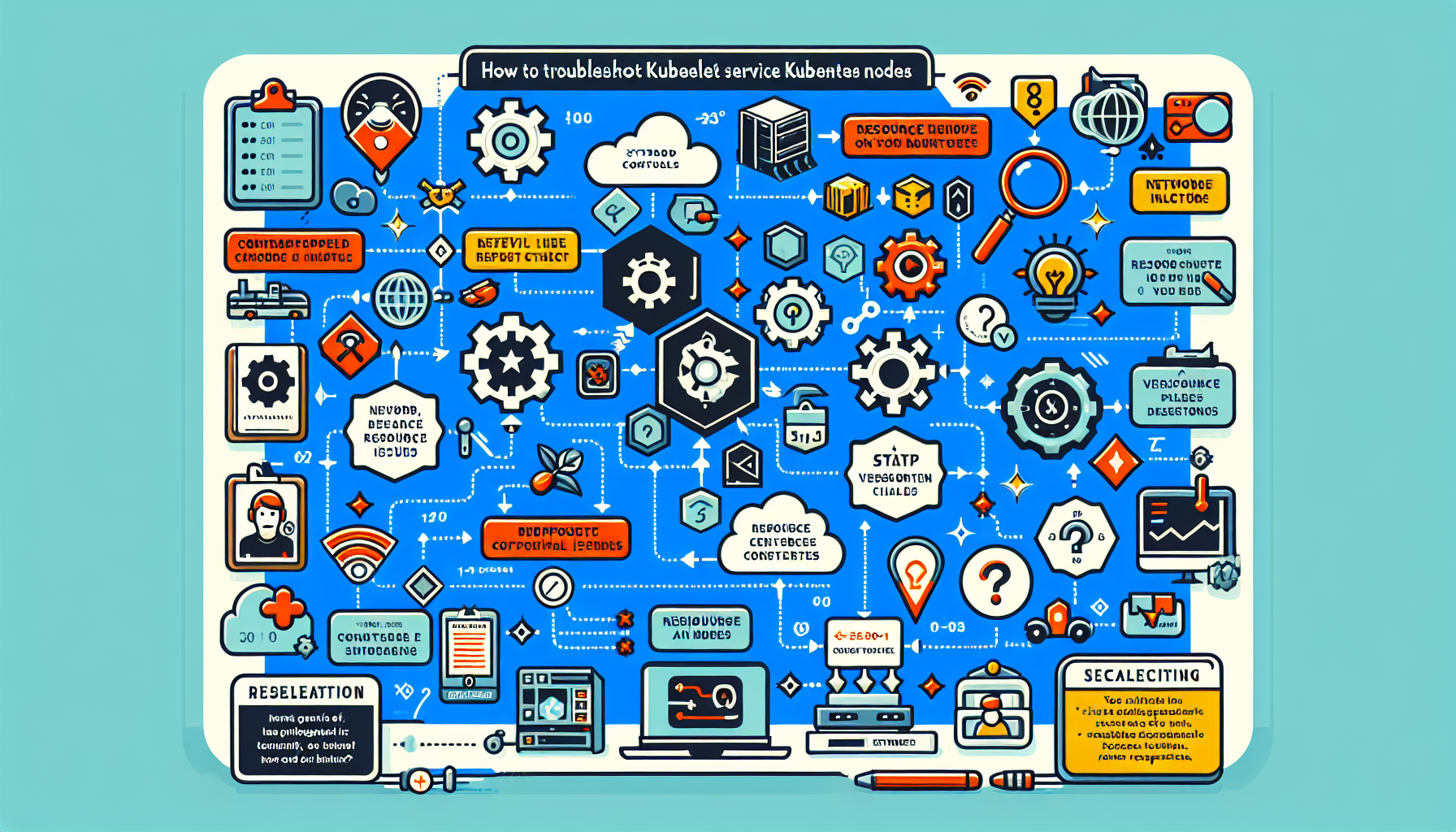How do I resolve “out of memory” (OOM) killer events on Linux servers?
Resolving “Out of Memory” (OOM) killer events on Linux servers requires a systematic approach to identify the cause and implement appropriate solutions. Here are the steps and strategies to address OOM issues: 1. Analyze Logs and Identify the Cause Check System Logs: Examine the /var/log/messages or /var/log/syslog file for OOM-related entries. Search for “oom-killer” or […]
